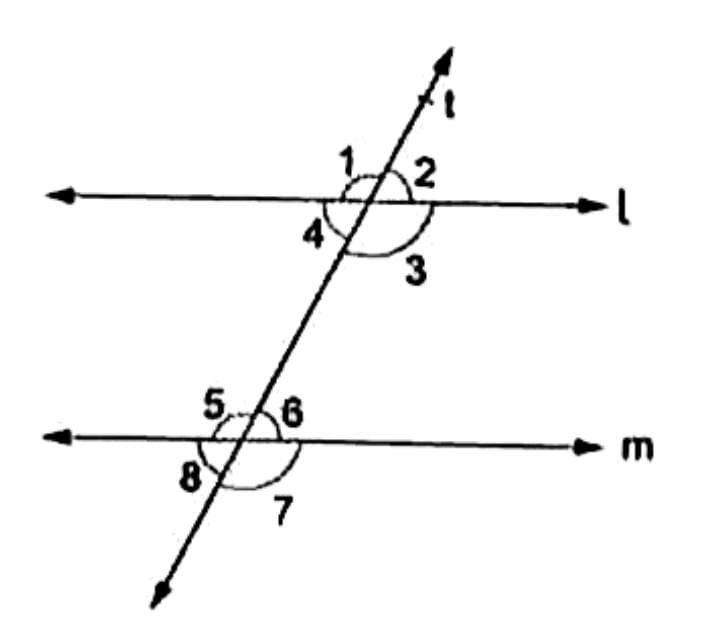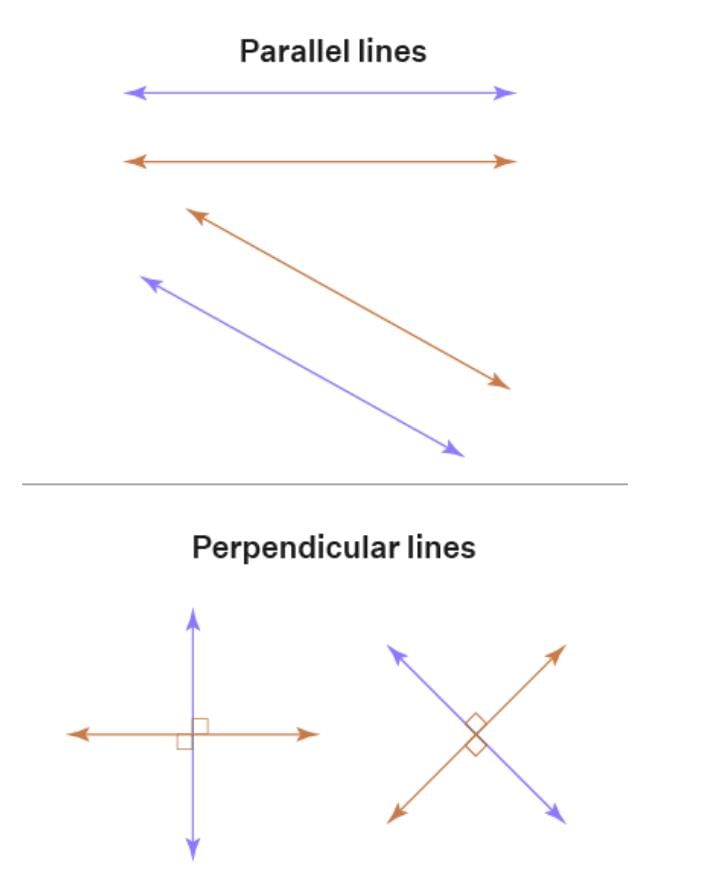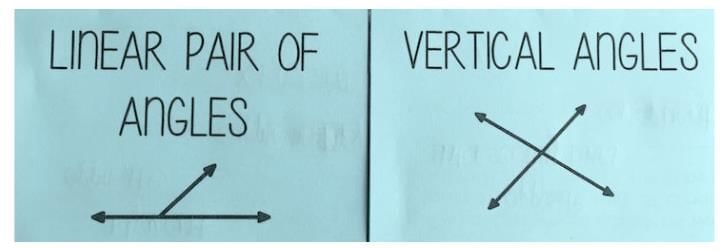Worksheet Solutions: Parallel and Intersecting Lines | Worksheets with solutions for Class 7 PDF Download
Section A: Identify the Type of lines
Q1. Classify the following pairs of lines as Parallel (P), Perpendicular (⊥), or Intersecting (I):
a) Opposite edges of a book
b) Hands of a clock at 9:00
c) Letter "T"
d) Railway tracks
e) Corners of a window frame
Sol: a) Opposite edges of a book
The top and bottom (or left and right) edges of a closed book run side by side and never meet, even if extended.
⇒ Parallel (P)
b) Hands of a clock at 9:00
At 9:00, the minute hand points at 12 and the hour hand points at 9. These hands form a right angle.
⇒ Perpendicular (⊥)
c) Letter "T"
The vertical and horizontal lines in the letter T meet at a right angle.
⇒ Perpendicular (⊥)
d) Railway tracks
Railway tracks are always the same distance apart and never cross each other.
⇒ Parallel (P)
e) Corners of a window frame
The edges of a window meet at the corners to form right angles.
⇒ Perpendicular (⊥)
Section B: Numerical Based Questions
Q2. Two lines intersect to form four angles. If one angle is 70°, find the measures of the other three angles.
Sol: Vertically opposite angle = 70° (equal).
Linear pair angles:
(two angles of 110° each).
⇒ 70°, 110°, 110°.
Q3. In the figure below, line l∥m and transversal t cuts them. If , find ∠6.

Sol: Since l∥m, corresponding angles are equal.
Thus, .
Section C: Theory Based Questions
Q4. Define:
a) Parallel lines
b) Perpendicular lines
Sol:
a) Parallel lines are lines in the same plane that never meet, no matter how far they are extended.
b) Perpendicular lines intersect at a right angle (90°).
Q5. Identify the type of angles formed when two lines intersect:
a) Angles opposite each other
b) Adjacent angles forming a straight line
Sol:
a) Vertically opposite angles (they are equal).
b) Linear pair (they add up to 180°).
Q6. Two railway tracks are said to be parallel. A boy standing on a bridge drops a straight stick that cuts across both tracks.
What is the name of the stick in geometric terms?
Also, name any two pairs of angles formed and say if they are equal.
Sol: The stick acts as a transversal.
Two pairs of angles:
Corresponding angles → Equal
Alternate interior angles → Equal
|
1 videos|107 docs
|
FAQs on Worksheet Solutions: Parallel and Intersecting Lines - Worksheets with solutions for Class 7
| 1. What are parallel lines and how can we identify them? |  |
| 2. What are intersecting lines and how do they differ from parallel lines? |  |
| 3. How can we calculate the angle formed by two intersecting lines? |  |
| 4. What is the significance of transversal lines in relation to parallel lines? |  |
| 5. Can you explain how to determine if two lines are parallel using coordinates? |  |

















